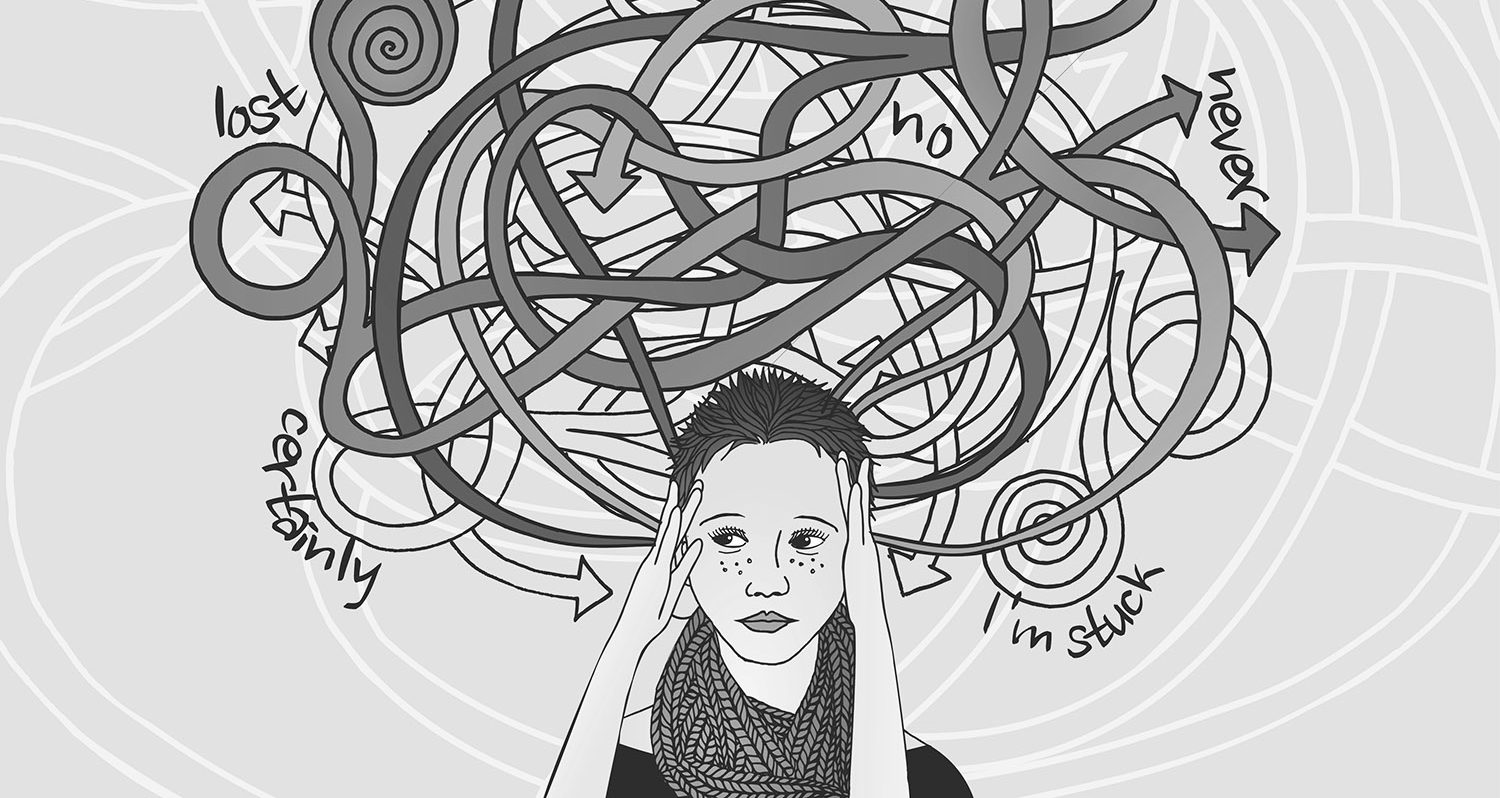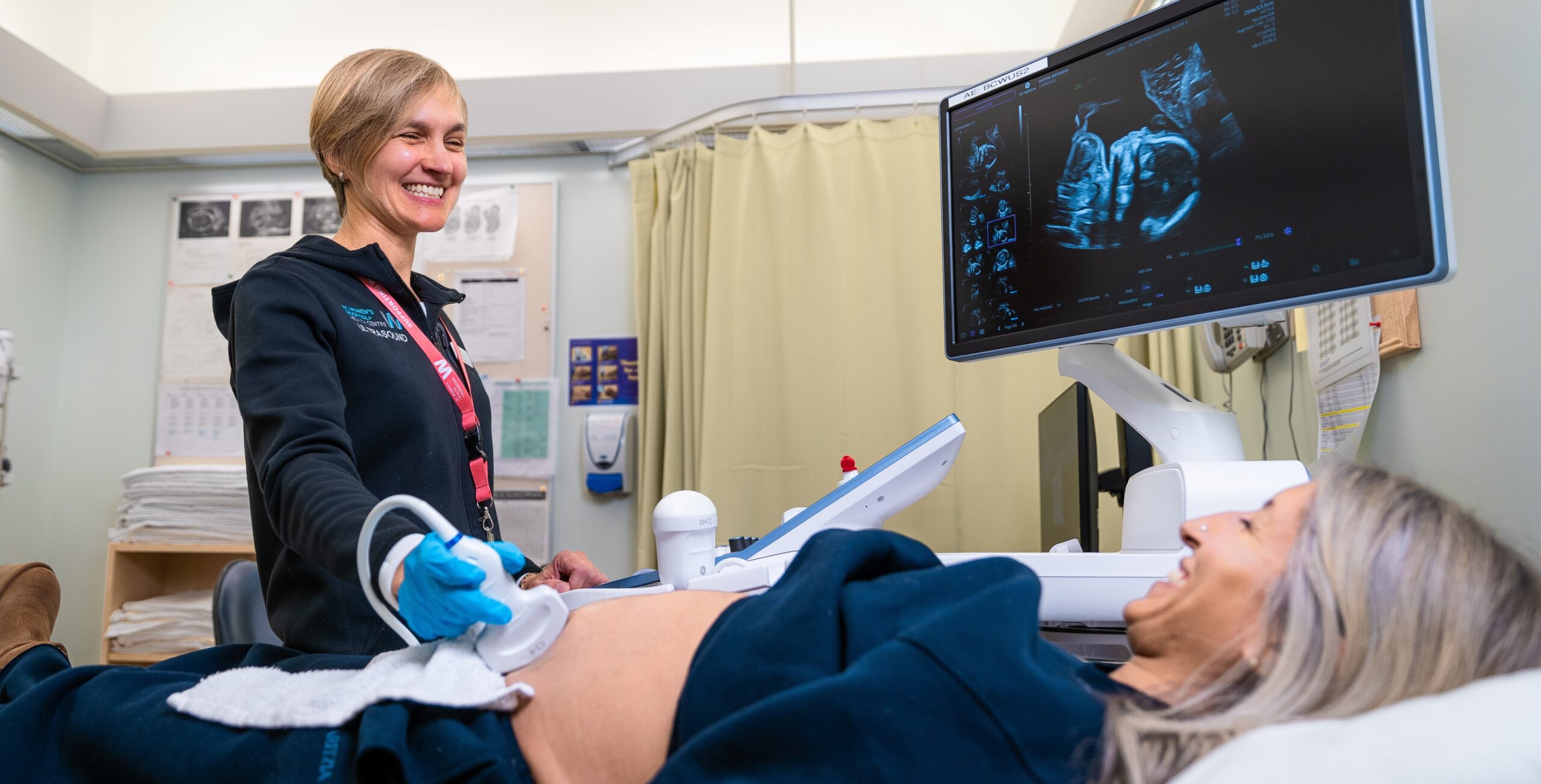
Three in ten women surveyed for the BC Women’s Health Foundation’s In Her Words report had challenges accessing the healthcare services they needed. 138,000 people in Vancouver alone don’t have a family doctor.
So more of us are relying on the internet for our health information. The challenge is sifting through all of the misinformation.
The WHO has stated the need to introduce regulatory standards for online health information. But until then, here are six steps on how to spot quality health information online.
When you’re doing your online reading, just think of these two c’s: credibility and content.
CREDIBILITY
STEP 1: find the date the article was published
Is the date listed at all? Is it recent? While it’s unfair to judge a site on design alone, it’s safe to say most modern internet users can quickly identify an old site that hasn’t been updated recently.
STEP 2: visit the ‘about’ page to look at the author(s)
Do they have the training and credentials necessary to provide medical advice? Look for titles next to their name like MD, PhD, ND, RN. If not, is there a medical board or professional organization endorsing the content? Is their contact information clearly provided?
STEP 3: look for disclaimers and advertisements
Who is paying for the site? Whose advertising shows up on the sidebar? Is the page prompting you to enter your personal information? Is there a shopping cart?
In the words of Dr. Jen Gunter, “you simply can not get unbiased, credible information from a company selling you a supplement or health product.”
Always prioritize getting your info from an educational institution like UBC, a government source like Healthlink BC, or a health association like the Society of Obstetricians and Gynaecologists of Canada.
CONTENT
STEP 4: scan the page for spelling and grammar
You’d be surprised how many fake sites can be identified by the number of incomplete sentences.
STEP 5: consider how the content is presented
Does the site make unbelievable claims? Does it cite multiple scientific examples, or is it opinion driven and one-sided?
STEP 6: click the links
Do they actually work? Does it link to sources from health research? You might find the full published research is behind a paywall. But often you can access the abstract (a brief summary defining the paper’s purpose). So read that to ensure it actually backs up the claim.
What can you do?
- Share credible research. Misformation can spread like wildfire. This causes certain sites to show up closer to the top of search engines. So use your best judgement with the links that come up first, and don’t mistake the repetition of certain opinions for accuracy.
- Engage with researchers. Follow them on twitter. Donate to their research. Attend their events. The Women’s Health Research Institute’s site offers info for all these options.
- Always seek out in-person care and conversations. Informing yourself about your health online is a great way to be a self-advocate. It’s a very important thing for women to do. But if you are concerned about your health, the best way to check your symptoms will always be to visit a healthcare provider.
It will always pay off to seek out the highest quality information. Your health is worth it.
Want to keep learning? Read our tips on how to advocate for your health.
BC Women’s Health Foundation is BC’s largest non-profit organization dedicated to advancing the full spectrum of women’s health. The information shared on our website or social media is not intended to be a substitute for professional medical advice, diagnosis, or treatment. Always seek the advice of a qualified health provider with any questions about your medical condition.
-
Full Circle: A Journey of Receiving and Giving Back
“The moment we were all together.” -Sarah Clark, BC Women's NICU parent...
Read more -
Creating Moments of Confidence
“The moment I can give a new mother the confidence and reassurance that she needs.” -Nila Pavlova, Ultras...
Read more -
Gratitude from our Breast Health Supervisor
“The moment when I knew I was making a difference.” -Angela Ha, BC Women’s Sadie Diamond Breast Imagin...
Read more



